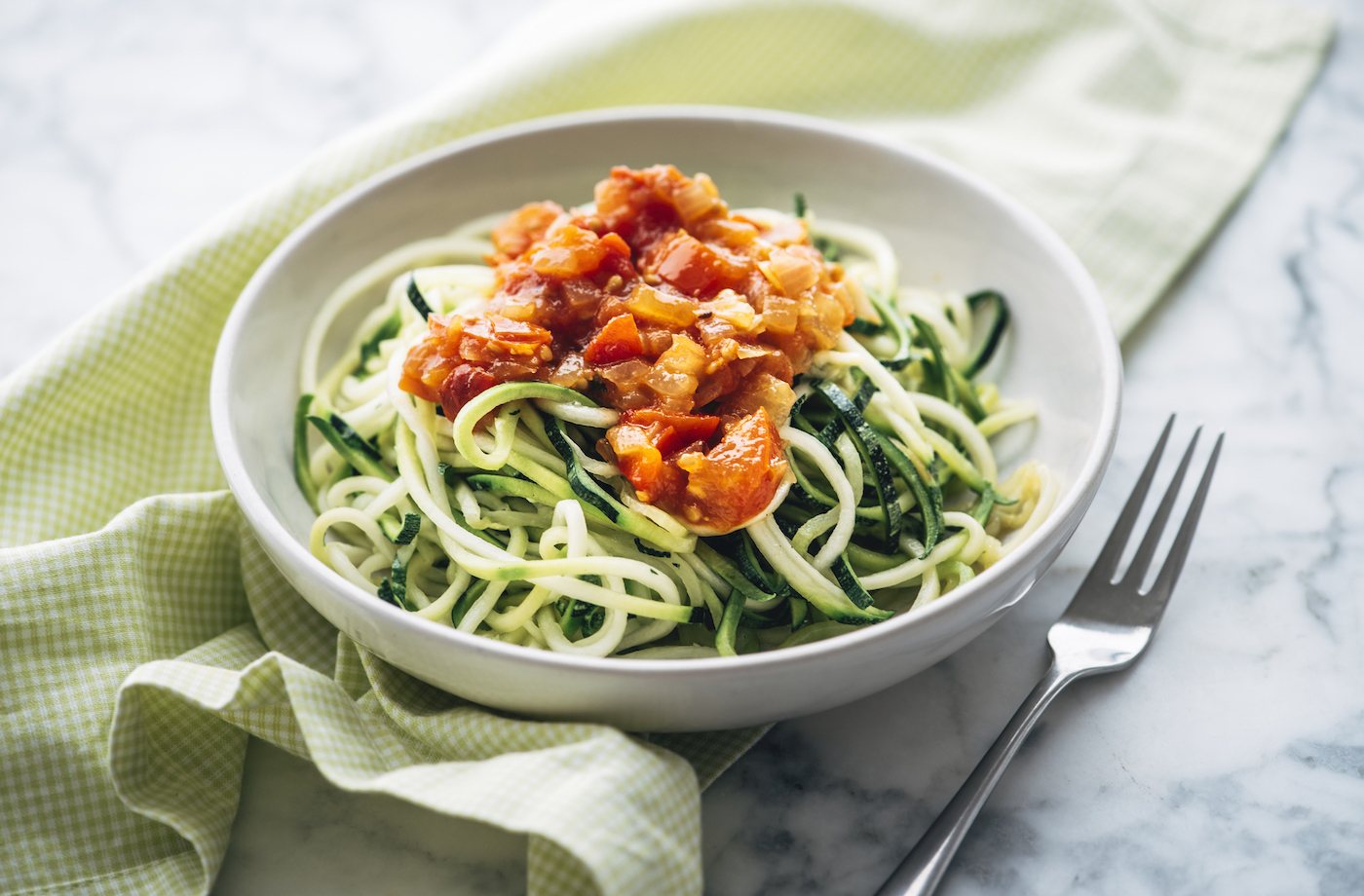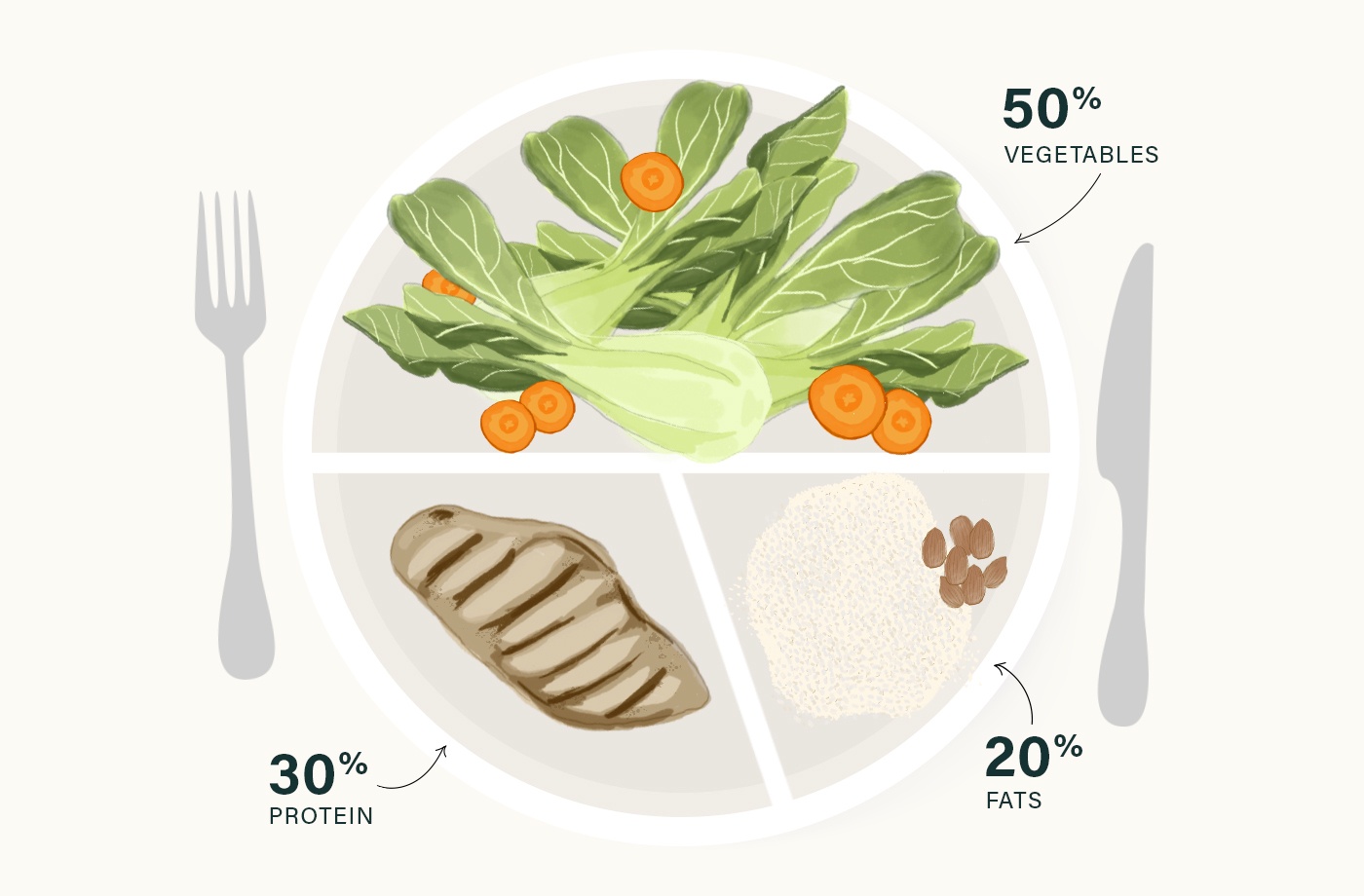
September 18, 2019 at 03:00PM by CWC
Take out dairy, grains, added sugar, legumes, and alcohol, and what’s left to eat? That’s a central question for people trying the Whole30 diet, a month-long elimination style diet designed to help people better understand their food sensitivities and unhealthy food habits. Whole30 meal ideas feel a bit limited when you only have a few foods left to work with—meat, seafood, vegetables, eggs, nuts, seeds, certain oils, and some fruit.
The eating plan, even though it’s designed to be short-term, isn’t for everyone. “It’s highly restrictive and that level of restriction can create an unhealthy mentality about food,” says NYC-based dietitian Natalie Rizzo, MS, RD. This isn’t to say you shouldn’t do it—many people have found it helpful to reset their relationship with sugar and processed foods—but it’s important to make sure you’re not deficient in nutrients. That means building your plate with the right macros from foods that are both Whole30-approved and delicious.
“If you decide to do Whole30, you have to make sure you’re planning out your meals to make sure you’re eating enough calories throughout the day,” says Rizzo. To make things easier, check out this handy guide from Rizzo on building the perfect Whole30 plate every time.

Vegetables should make up half of your plate
“No matter what diet you follow, I always recommend half the plate should be veggies,” says Rizzo. That’s true for keto, paleo, Mediterranean, and yes, Whole30. You can eat any ones you like on Whole30, Rizzo adds. “Some of my favorites are sweet potatoes, cauliflower, Brussels sprouts, spinach, broccoli, carrots, and red cabbage,” she says.
ADVERTISEMENT
ADVERTISEMENTKate Spade Autumn/Winter Sale |
Expect to get the majority of your carb count from vegetables, too. “Since you can’t eat grains, beans or legumes on the Whole 30 diet, the main carbs will come from veggies,” says Rizzo. You can also enjoy fresh fruit, like berries, bananas, and apples, in moderation.
Ensure roughly a third of your plate is lean protein
“About one-third of your plate—or 30 to 35 percent—should come from protein. Usually it’s only a quarter of the plate, but since there’s no starches on this eating plan, I would up the protein,” says Rizzo. That’s about 120 to 135 grams of protein per day on an 1800-calorie diet, or 40 grams at each meal. Protein options on Whole30 include meats like beef and chicken, fish, and eggs.
Speaking of protein, check out this RD’s definitive list of the best plant-based protein sources:
Round out the rest of your plate with filling, healthy fats
These can be sprinkled throughout the plate and also used as main staples. “The last 20 percent [of your plate] should come from fats like nuts, seeds, avocado, and oils,” Rizzo says. For instance, use an avocado dressing or add almonds for a crust on chicken or fish. These add to the main meal to boost satiety. Just keep in mind that Whole30 has certain restrictions on what kinds of oils can be used, so plan accordingly when you’re shopping.
This model can be used for every meal, Rizzo says. “I recommend keeping it consistent throughout the day because it’s easy for people to remember and implement. Also, you want to have consistent energy levels throughout the day, so eating the same at every meal ensures that this will happen,” she says.
So yes, eating on the Whole30 can be a bit challenging. But with this guide, hopefully you’ll always have ideas on how to keep things filling and interesting.
Exciting news: Whole30 is testing out a new delivery service in Chicago. And here are some Instant Pot recipes to make following the challenge a bit easier.
Author Isadora Baum | Well and Good
Selected by CWC
ADVERTISEMENT
ADVERTISEMENTUp to 30% off Gift Sets |






